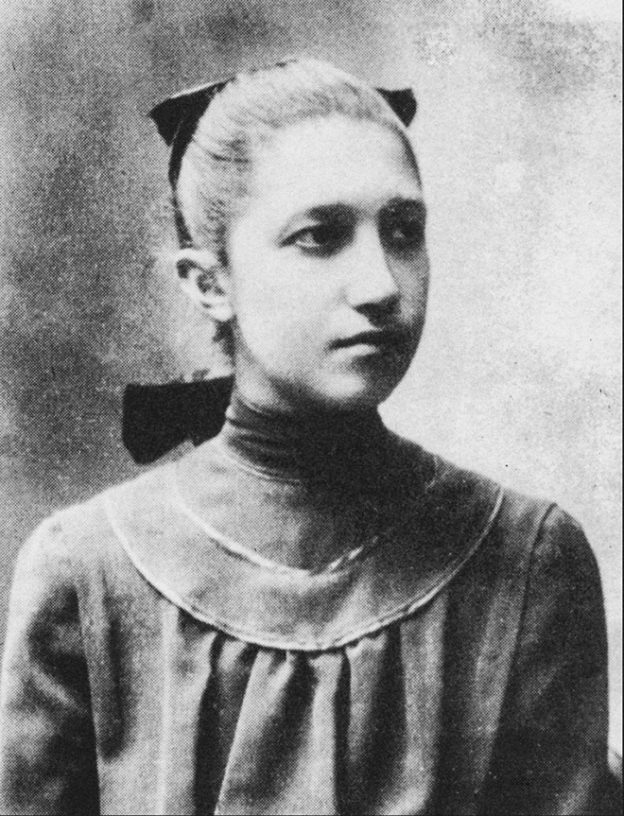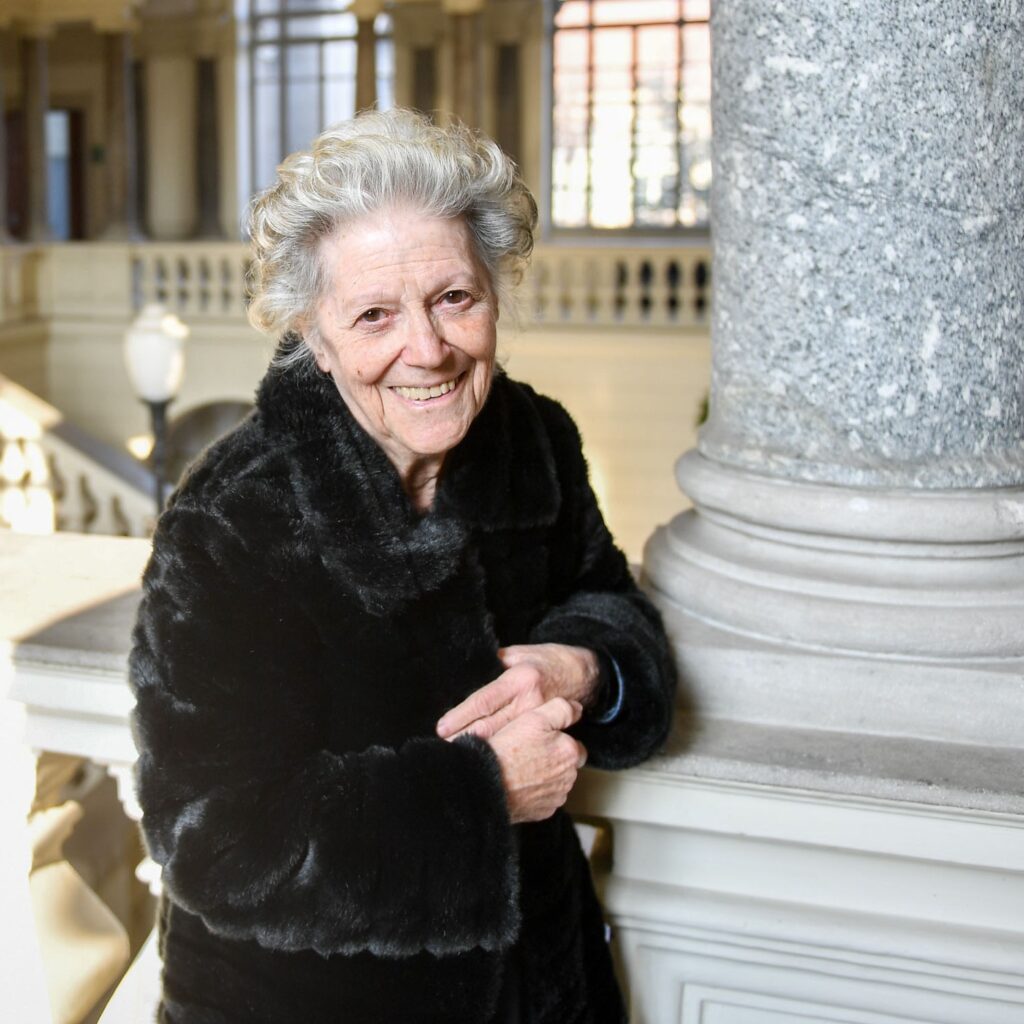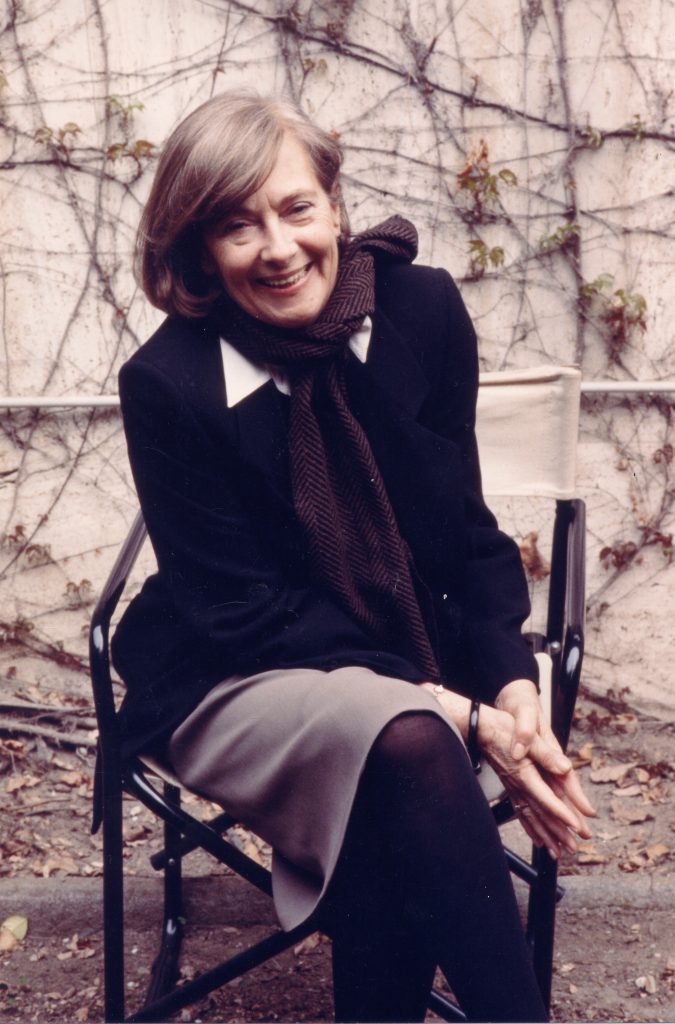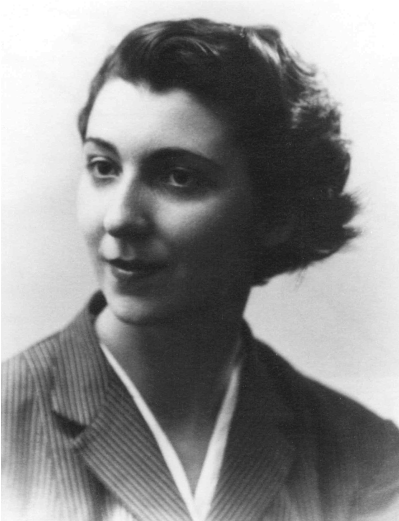Today we would like to tell you about 7 Politecnico women who made history in their professional sectors of engineering, architecture and design. Seven Politecnico women who changed the vision of their chosen professions.
Premise: this is not a competition! This page is intended not as a podium, but as an invitation to reflect together. Since 1913, with the first female graduate Gaetanina Calvi, all the Politecnico Alumnae have become a fundamental part of the cultural transformation that has seen women deservedly (and sometimes with difficulty) take their places at the desks of the Poli and elsewhere. Every Politecnico female student has made and continues to make a difference (we discuss this in the book ALUMNAE - Engineers and Technologies).
Although in 2021 Italy climbed from 76th to 63rd place in the world rankings according to the World Economic Forum's Global Gender Gap report, when it comes to this gender gap our country still has a great deal of room for improvement (for more details: 2021 data from Il Sole 24 ore).
This is one of the reasons why, starting from the assumption that schools are the first real arena in the fight to narrow the gender gap, the Politecnico has joined the ENHANCE program (read more here) and promoted Gender POP – Pari Opportunità Politecniche (Polytechnic Equal Opportunities), which includes initiatives such as Girls@Polimi scholarships, set up to reduce the gender gap in STEM fields and create a more inclusive environment.
Returning to our female Politecnico students who have made history: names you probably already know, some famous and others less so, but nonetheless important for having challenged the rules of the society in which they lived.
In 1913 she was the first female student to graduate from the Politecnico: the civil engineer Gaetanina Calvi was the only woman in her class. There were 156 graduates that year (149 of whom were engineers). Half a century had passed since the Politecnico di Milano was founded in 1863.

Her professional achievements include the design of the new wing of the Institute for the Blind in Milan, originally intended as a retirement home in 1925, in which she was involved personally, working with the architect Faravelli. In the following years, she taught mathematics and science at this same institute, which only began to give her monetary compensation in 1928 (source).
After the trailblazer Gaetanina Calvi, Maria Artini,the first female Italian electrotechnician, graduated from the Politecnico in 1918, while in 1928, Carla Maria Bassi and Elvira Morassi Bernardis were the first women to graduate in architecture (we discuss this in the book ALUMNAE - Engineers and Technologies).
Born in 1937, in 1962 she was the first woman in Italy to graduate - with full marks - in Aeronautical Engineering. In this regard, she says:
"I was one of the first girls in Italy to attend scientific high school, which was then a predominantly male environment. In my class, there were only five girls out of a total of 52 students. Then, when it came time to enrol at university, my parents wanted me to become a mathematician, but I preferred aeronautical engineering. What really interested me was understanding how things work in reality".

After her studies, Ercoli-Finzi stayed on at the Politecnico as a lecturer (she taught rational mechanics and aerospace mechanics to many Alumni who will read this page) and ricercatrice. Her discoveries and experiments made her a name for herself in the international aeronautical sector. She collaborates with NASA and with the Italian (ASI) and European (ESA) space agencies.
Her most famous initiatives include coordinating and participating in several space missions, most notably the Rosetta space mission, which began in 2004 and ended in 2016 and had the aim of closely studying the 67P/Churyumov-Gerasimenko comet. Read more (Read more).
Having always been active in promoting and supporting women in what are considered “male” environments, in a recent interview with Sky she defends the importance of encouraging more women to pursue scientific research:
"I really realised," she said, "that for many women I was a source of inspiration, the girls who are studying now thought that the satisfaction I transmitted for my work was a valid reason to copy and do what I do. It is a great responsibility, even our words and attitudes convey the passion for the values we have upheld. [...] In my day women like me were stars, isolated stars, Sirius rather than Aldebaran, now there are constellations. They represent constellations because they manage to form a mass; there is still much to do but we will get there.”
Cini Boeri graduated from the Politecnico in 1951, with a two-month-old baby in a pram and a job offer from Gio Ponti in her pocket. After several collaborations, in 1963 she opened a studio and her career took off with projects, teaching and research, her focus on houses, private flats and the design of everyday objects that were not "owned but used".

"When I design a house for a married couple, for example, I always suggest adding an extra room. They always ask me: "for guests?". But no! Not for guests. Because if one evening one of you has a cold they can go and sleep in another room, for example. One should be able to choose, to know that one can go to sleep with one's partner, but that one can also decide not to do so, without affecting life as a couple. I think it would be very educational to teach young people that when they get together as a couple it is not obligatory to share a bed, it is a choice. It’s much nicer.”
She is known for her democratic approach to architecture and design:
"This is a habit we picked up at the Politecnico. Our teaching there was very open minded; I don't know if it's still like that today!"
Gae Aulenti graduated in 1953 and began her career as a designer at a time of profound evolution in the Italian architectural culture. After leaving the Politecnico, she approached two of the period’s main leaders in theoretical elaboration of architecture: the magazine Casabella Continuità, directed by Ernesto Nathan Rogers, with whom she worked between 1955 and 1965, and the IUAV – Istituto Universitario di Architettura of Venezia, where she worked from 1960 as assistant to Giuseppe Samonà.

For Gae Aulenti architecture is always a collective, never individual gesture,, something to be shared with a community. This is why many of her most famous works are public spaces: among many others, the Museum of Modern Art and the Musée d'Orsay in Paris, the Institute of Italian Culture in Tokyo, the renovation of Palazzo Grassi in Venice, the former papal stables at the Quirinale and Piazza Cadorna in Milan.
Ghettoisation in general makes me furious. And I get particularly angry when I ear people say: I needed an architect and I chose a female one.”
For Aulenti, architecture looks ahead, beyond the gender conditions from which it must free itself and towards a new destiny to be designed and built with knowledge. She rejects the idea of the "woman architect", which she finds ghettoising. She sees talking about architecture and design in terms of gender as reinforcement of the idea that these two specialities for women are something that limits them to surfaces and decoration, while the heart and skeleton of the project are reserved for male designers.
Sources: Domus.it, Il Design è donna
Anna Castelli Ferrieri began studying architecture at the Politecnico in 1938 and was immediately attracted by the avantgarde and Bauhaus. Over the years she studied under Franco Albini, from whom she learned the rationalist approach. She then worked in his studio where she came into contact with architects Piero Bottoni and Ernesto Nathan Rogers, who were involved in the reconstruction of Milan.
In 1942, she graduated in architecture and left Milan because of the German occupation, only to return in 1946, when she became editor-in-chief of the architecture magazine Casabella and founded her own studio.

In 1966, together with her husband Giulio Castelli and his company Kartell, she became the first woman to devote herself to to industrial design and the production of everyday objects and furniture made of plastic: some of the most famous are the 4870 stackable chair (winner of the Compasso d'Oro) and the 4970/84 furniture, modular storage solutions for the home, designed according to her principle that everyday objects should have functional person-centric design.
"If a product is unsuccessful, it is because the architect made a mistake, not because the public doesn't understand. The architect must only—but always—answer two questions: "What is needed?" and "What is missing?".
''Architecture gives me a sense of being, it is a synonym of freedom, a freedom that must be constantly monitored and protected through the study of history, through an accurate research, through the loneliness of imagination, through disinterested reflection... "
Alumna in architecture in 1947, Liliana Grassi graduated together with Ambrogio Annoni and assisted the latter for several years, both at university and on the building site. Years later she started teaching Restoration of monuments. Eminent figure in the Lombard and Italian cultural landscape, Liliana Grassi held various prestigious institutional positions, gaining recognition above all for her great practical and theoretical contribution in the field of restoration. Her most important achievement is the restoration in the name of philological rigour, love and respect for the artistic object of the ancient Ospedale Maggiore di Milanodestroyed by bombings in 1943 and then adapted to house one of the seats of the Università degli Studi.

Source: “Dal Politecnico di Milano protagonisti e grandi progetti”
"Details are essential for the definition of the whole, a detail can determine a project and for sure characterize it. The overall result of the work is connected to details, in terms of design and quality. Details affect the spatial and volumetric values of what is built"
After graduation in 1945 she associated with , Franca Helg , with whom she collaborated until his death. In her designing work, Franca Helg has always shown meticulous attention to details, fusing modernity and classicism, rationality and creativity, giving life to works characterized by elegance and simplicity, unlinked to the cultural trends of the moment. And we must not forget industrial design: Helg created vases, handles, chairs, suspension lamps, desk lamps, floor lamps and the Primavera armchair in cane and wicker.

The teaching of Architectural Composition represented an important part of her life: earlier at the Istituto Universitario di Architettura di Venezia (IUAV), then at the Politecnico di Milano, where she became full professor in 1984.
Sources: L’Enciclopedia delle donne; Corriere della Sera
Sources: designindex.it, Il Design è donna
By supporting the GIRLS @ POLIMI project you can contribute together with other donors to create scholarships to support girls enrolling in engineering degree courses with low female attendance. Donate now .